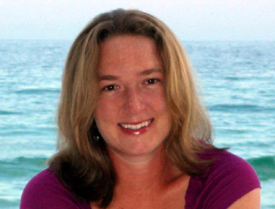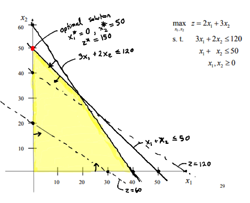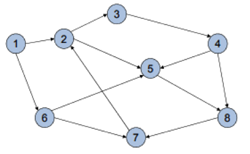- Home
- Publications
- Teaching
- Bio
- Theses Advised
Department of Operations Research Phone: (831) 656-3890 |
Emily Craparo, Associate Professor
|
Book Chapters | Journal/Magazine | Refereed Conference Publications
Other Publications | Technical Publications | Presentations
Note: names of NPS student coauthors are highlighted.
| Book Chapters |
|
| Journal and Magazine Publications |
|
| Refereed Conference Publications |
|
| Other Publications |
|
These capabilities form the core of my Systems Optimization course, which emphasizes practical application of a broad array of optimization techniques. They are also important in my Linear Programming, Nonlinear Programming, and Network Flows and Graphs courses, which focus heavily on theory and algorithms, and my energy course, which provides an energy-oriented survey of operations research techniques. |
| Education | |
Ph.D., Aeronautics and Astronautics, S.M., Aeronautics and Astronautics, S.B., Aeronautics and Astronautics with Information Technology, |
 |
| Selected Awards |
|
| Professional History |
Naval Postgraduate School
Massachusetts Institute of Technology
NASA Jet Propulsion Laboratory
Pennsylvania State University
|
| Current and Past Society Memberships and Activities |
|
| Doctoral dissertations, Committee member |
|
| Master's theses, Advisor |
Asterisk (*) denotes a Finalist, MORS/Tisdale thesis award (department-level award) or recognized for an outstanding thesis
|
| Master's theses, Co-advisor |
|
| Master's theses, Second reader |
|




